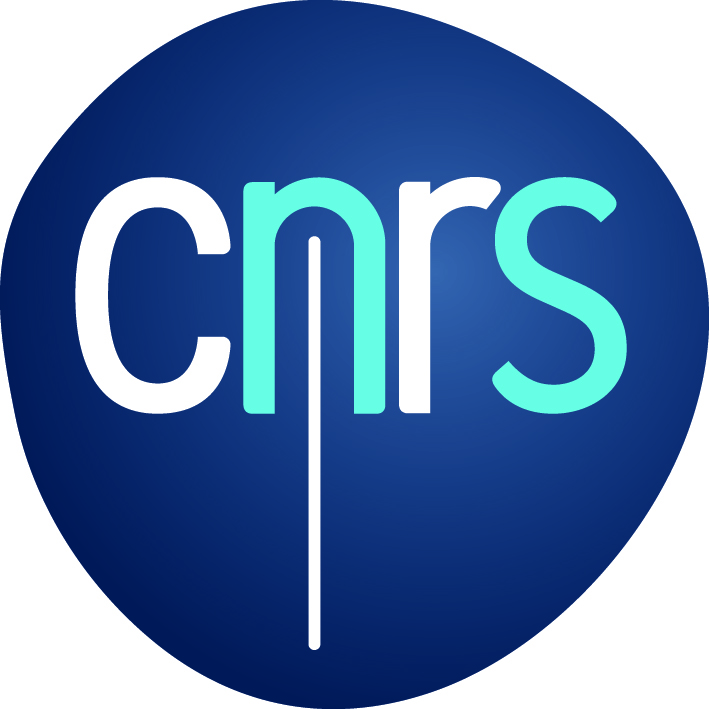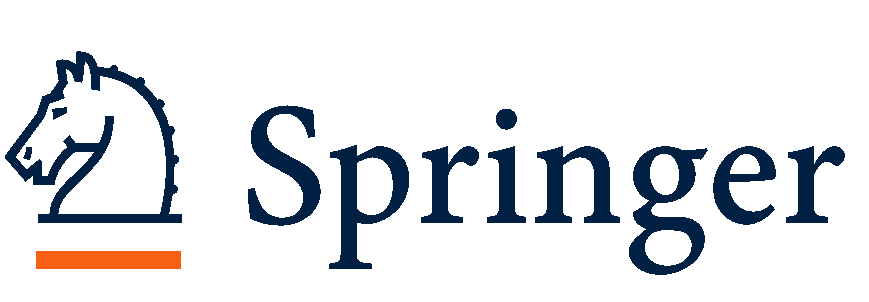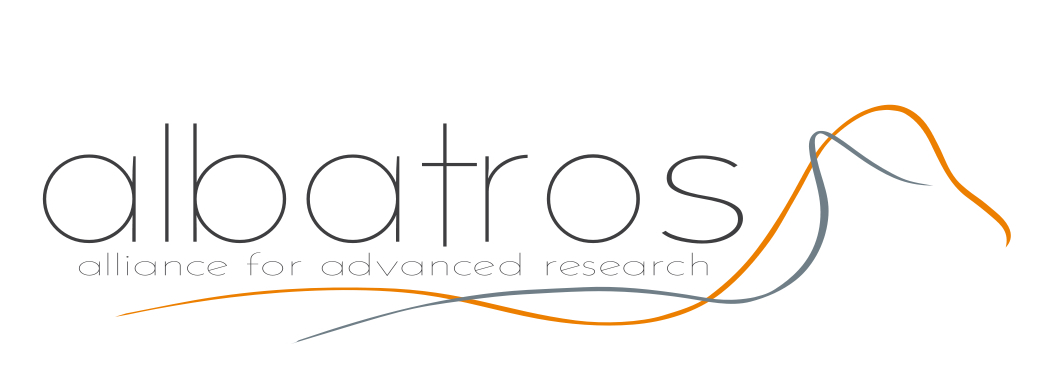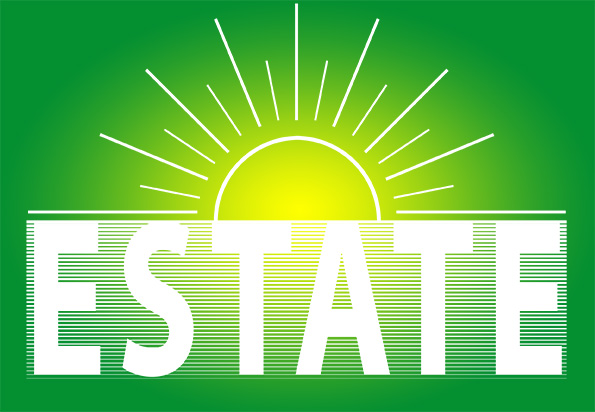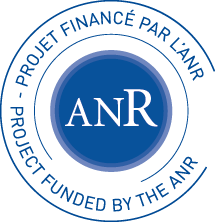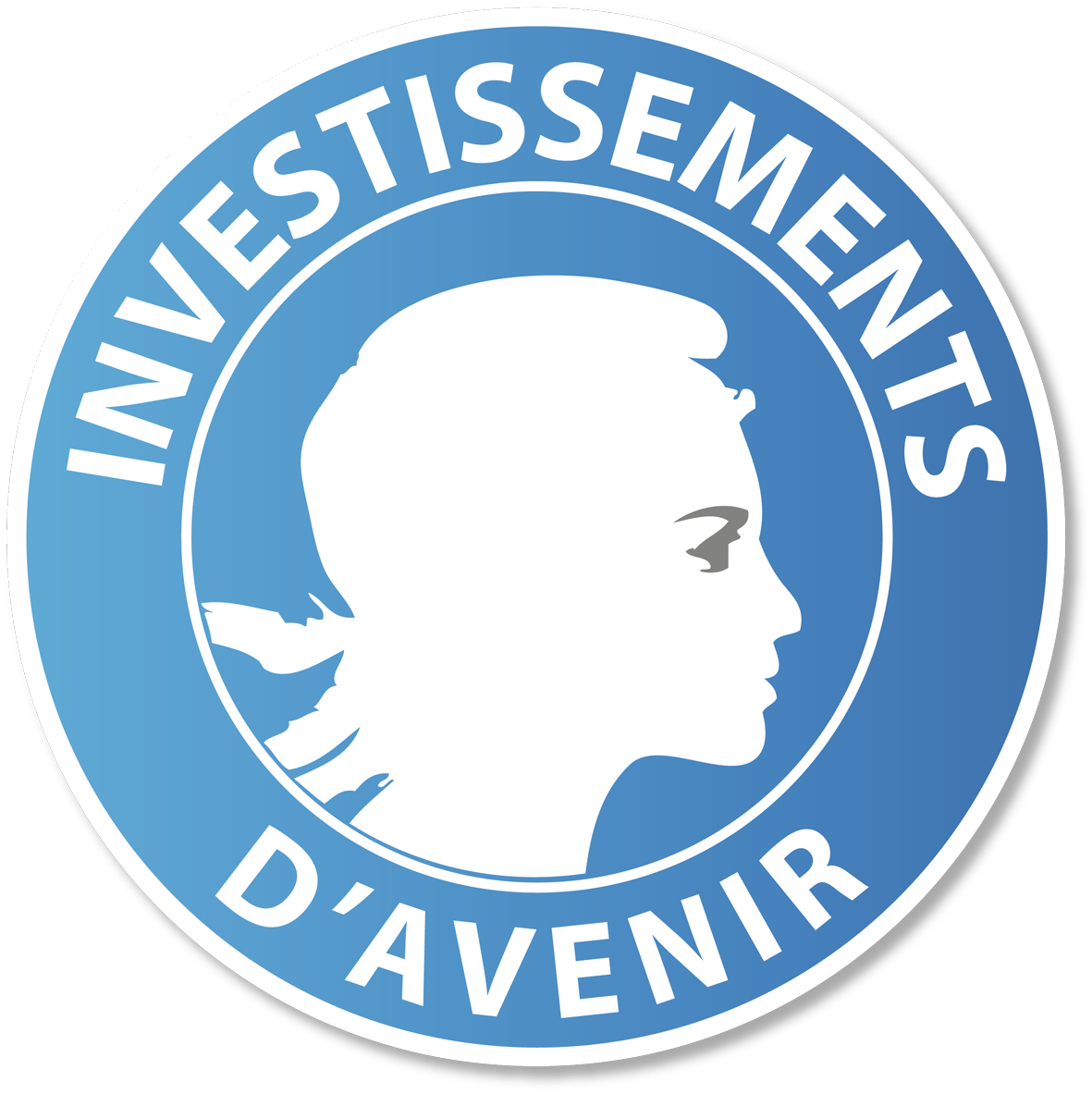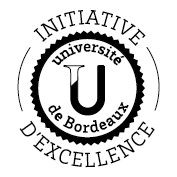Invited speakers
There will be four invited talks at FCT 2017. The invited speakers are:
- Thomas Colcombet (CNRS, University of Paris-Diderot, France)
- Martin Dietzfelbinger (Technische Universität Ilmenau, Germany)
- Juraj Hromkovič (ETH Zürich, Switzerland)
- Anca Muscholl (University of Bordeaux, France)
- Jean-Éric Pin (CNRS, University of Paris-Diderot, France)
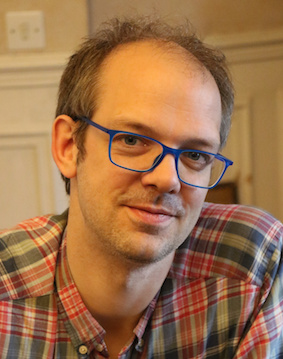
Automata and Program Analysis
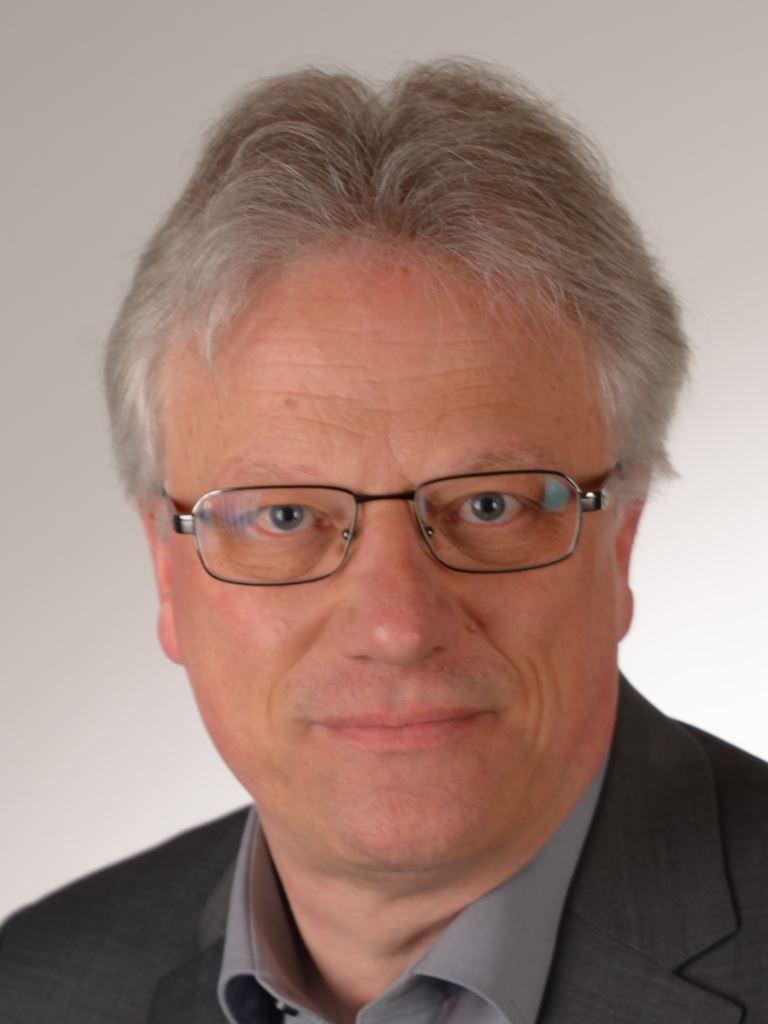
Optimal Dual-Pivot Quicksort: Exact Comparison Count
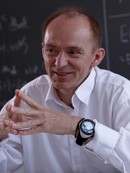
What one has to know when attacking P vs. NP
Mathematics was developed as a strong research instrument with fully verifiable argumentations. We call any consistent and sufficiently powerful formal theory that enables to algorithmically verify for any given text whether it is a proof or not algorithmically verifiable mathematics (AV-mathematics for short). We say that a decision problem $L \subseteq \Sigma^\ast$ is almost everywhere solvable if for all but finitely many inputs $x \in \Sigma^\ast$ one can prove either “$x \in L$” or “$x \not\in L$” in AV-mathematics.
First, we formalize Rice's theorem on unprovability, claiming that each nontrivial semantic problem about programs is not almost everywhere solvable in AV-mathematics. Using this, we show that there are infinitely many algorithms (programs that are provably algorithms) for which there do not exist proofs that they work in polynomial time or that they do not work in polynomial time. We can prove the same also for linear time or any time-constructible function.
Note that, if $\textsf{P}\ne \textsf{NP}$ is provable in AV-mathematics, then for each algorithm $A$ it is provable that “$A$ does not solve SATISFIABILITY or $A$ does not work in polynomial time”. Interestingly, there exist algorithms for which it is neither provable that they do not work in polynomial time, nor that they do not solve SATISFIABILITY. Moreover, there is an algorithm solving SATISFIABILITY for which one cannot prove in AV-mathematics that it does not work in polynomial time.
Furthermore, we show that $\textsf{P}=\textsf{NP}$ implies the existence of algorithms $X$ for which the true claim “$X$ solves SATISFIABILITY in polynomial time” is not provable in AV-mathematics. Analogously, if the multiplication of two decimal numbers is solvable in linear time, one cannot decide in AV-mathematics for infinitely many algorithms $X$ whether “$X$ solves multiplication in linear time”.

A tour of recent results on word transducers
In this talk we survey recent results on regular word transducers. We discuss how some of the classical connections between automata, logic and algebra extend to transducers, as well as some genuine definability questions.
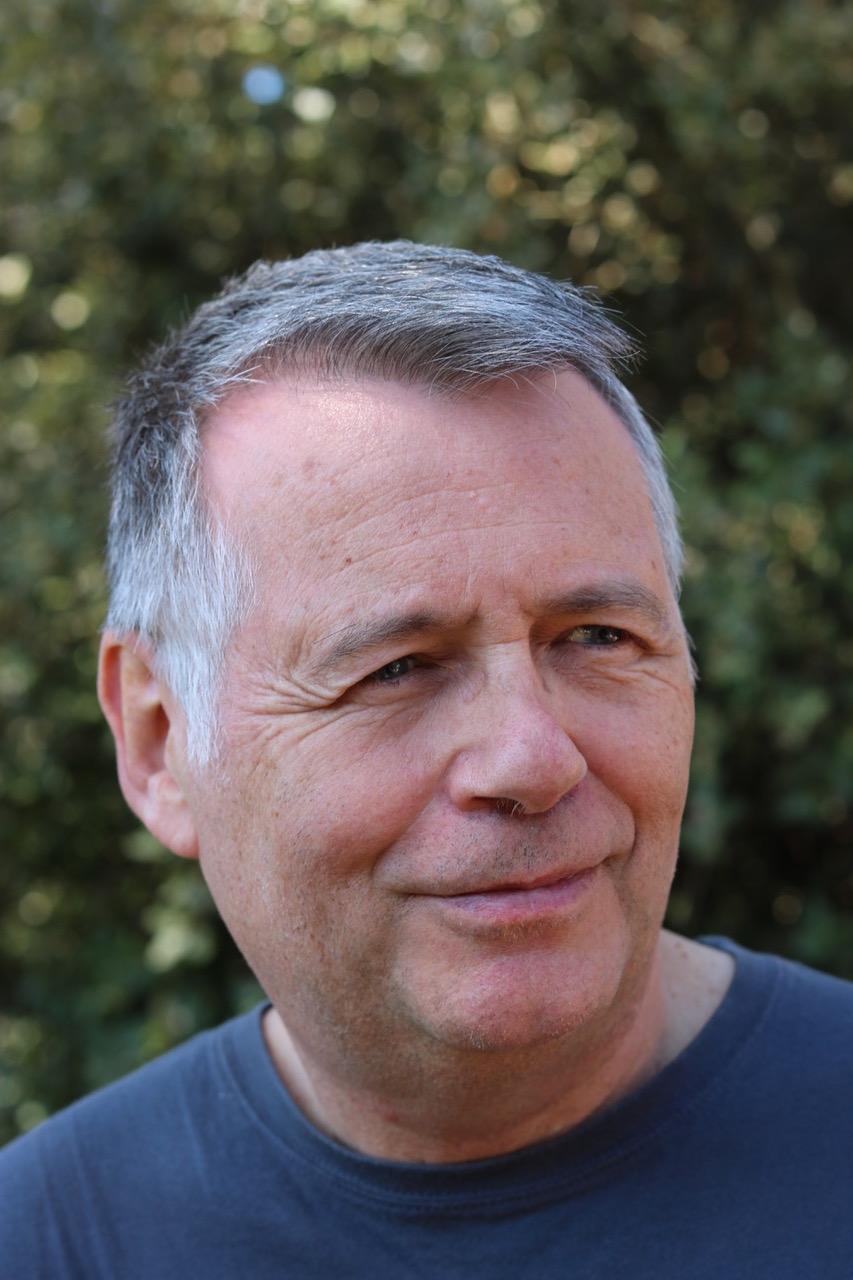
Some results of Zoltán Ésik on regular languages


